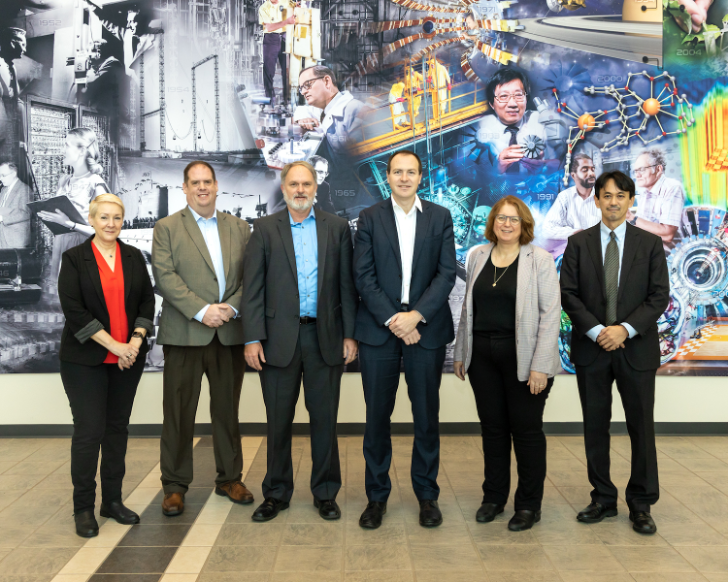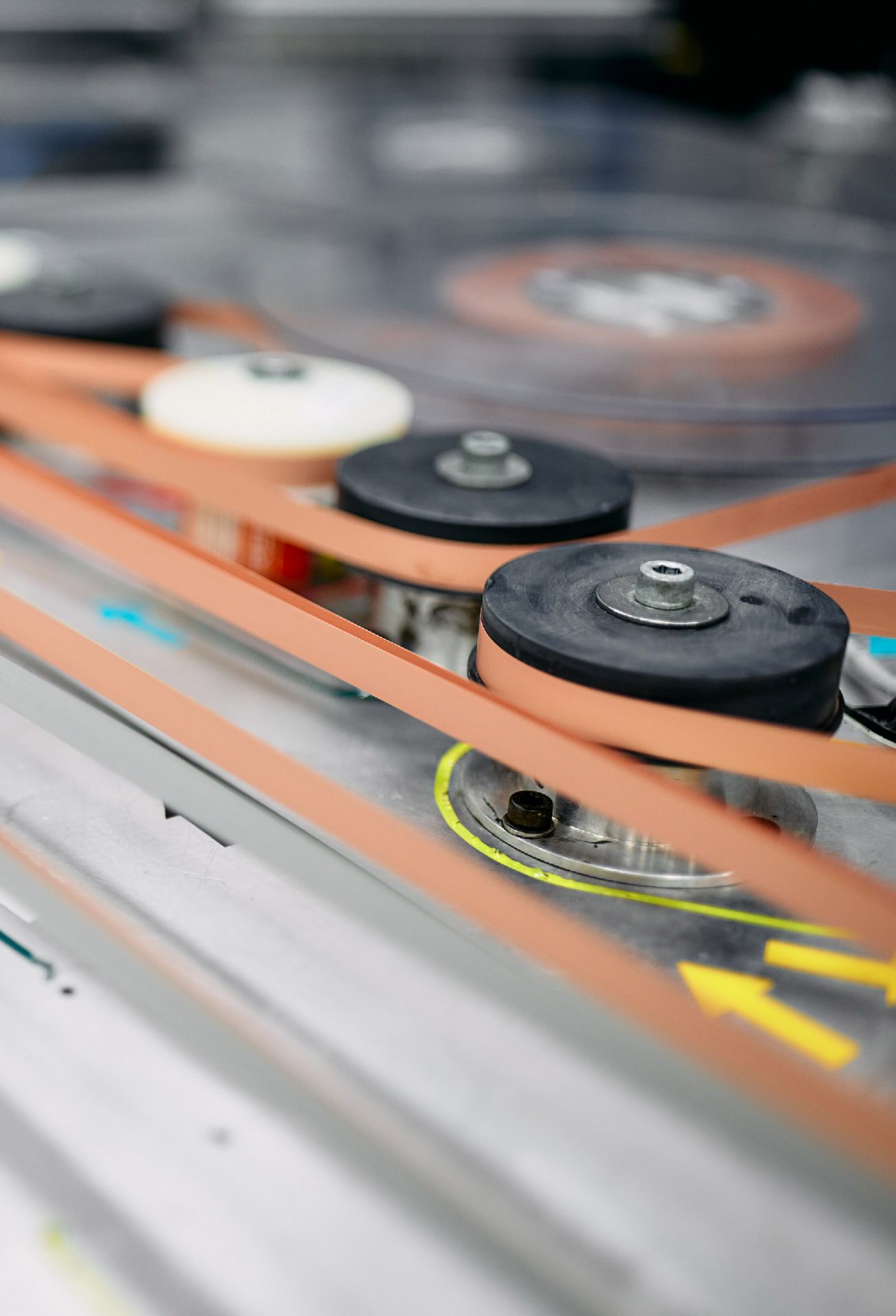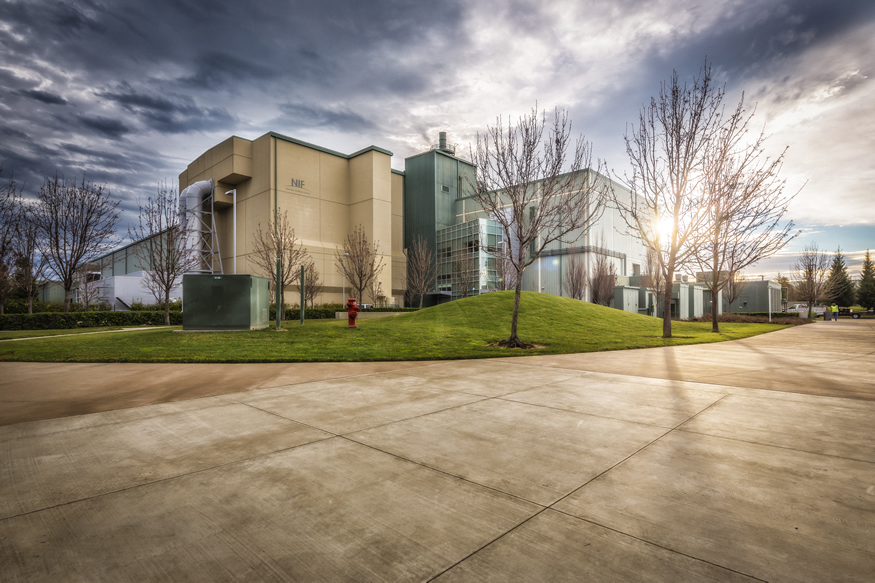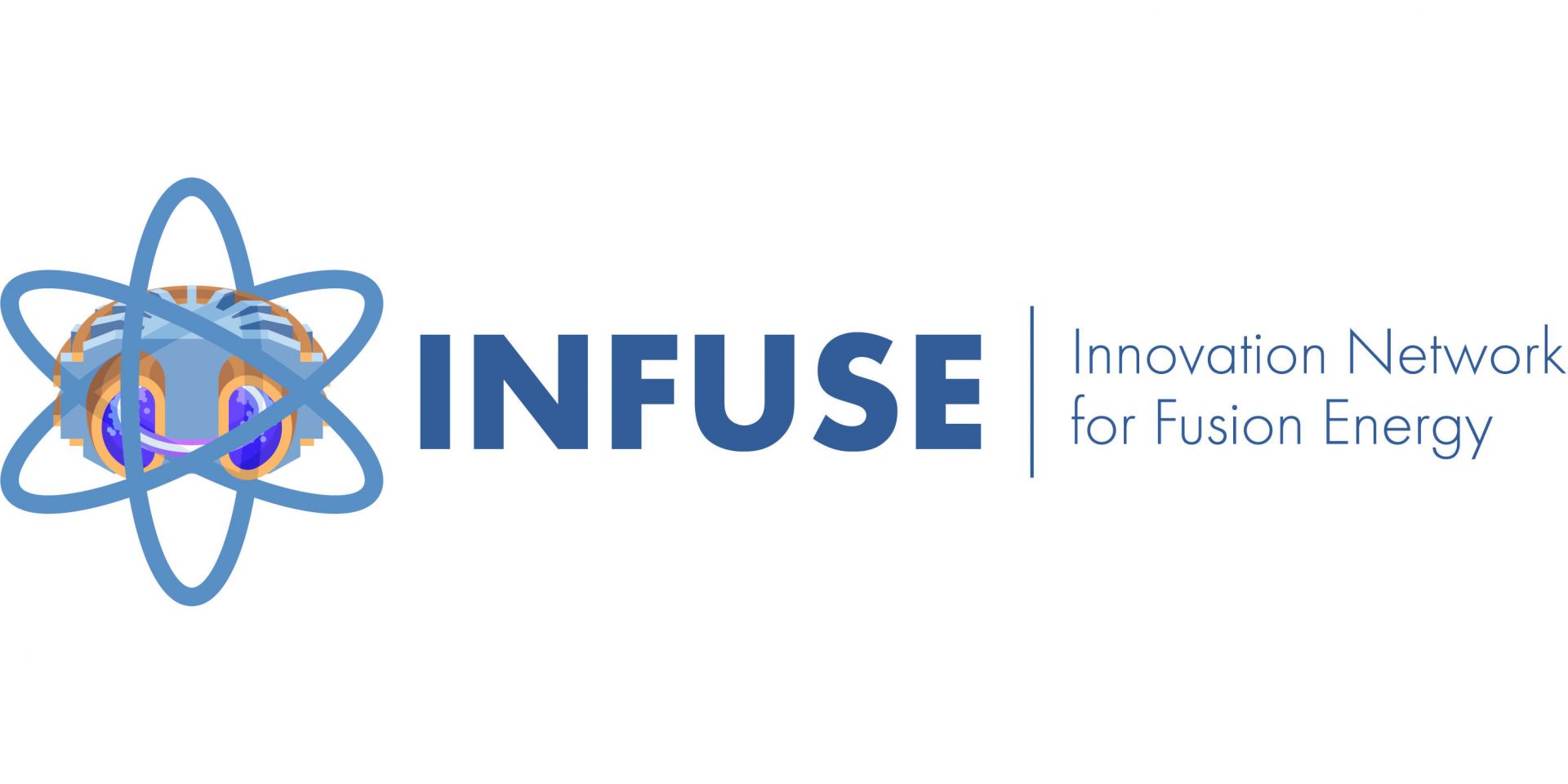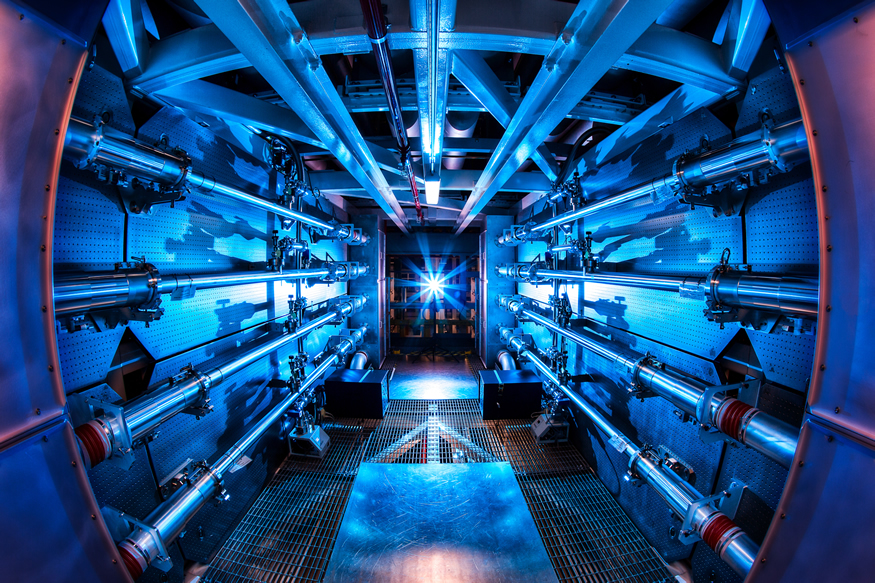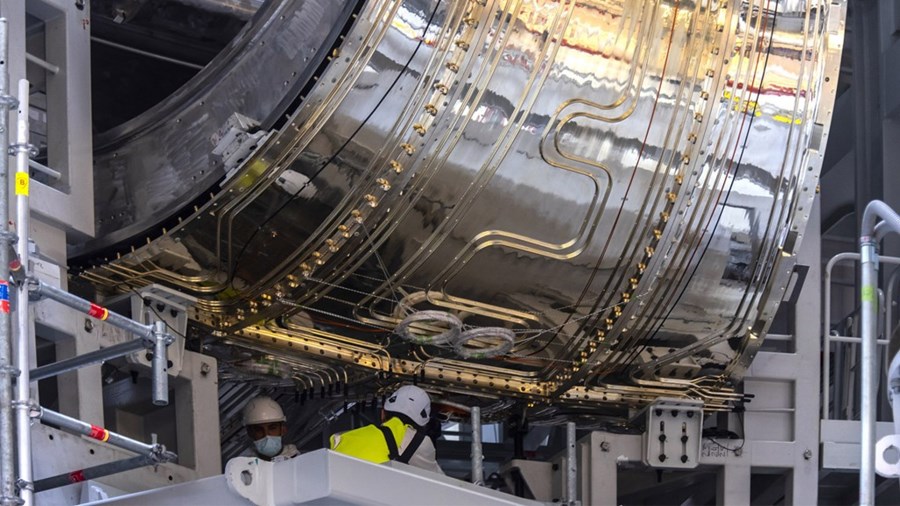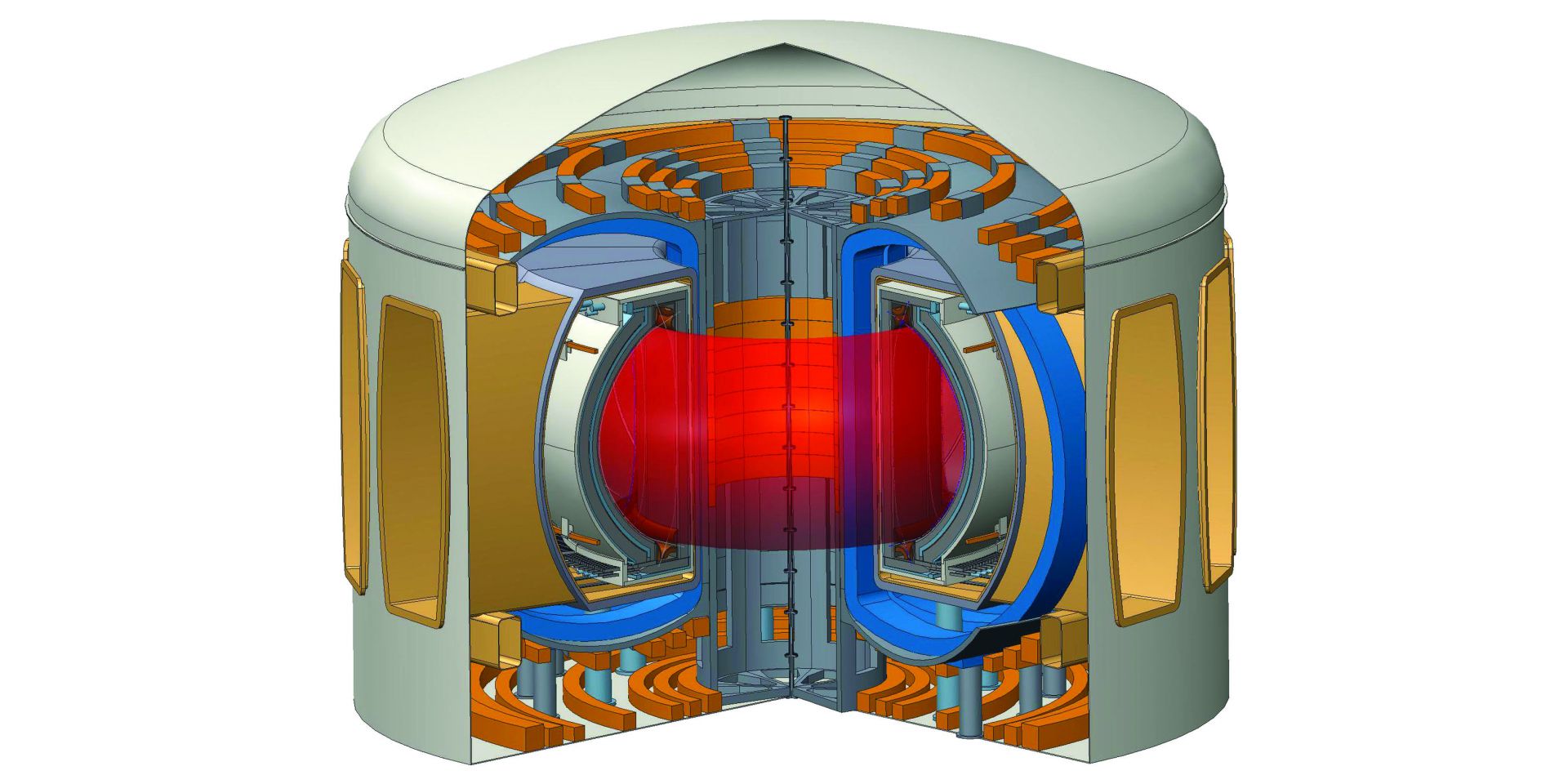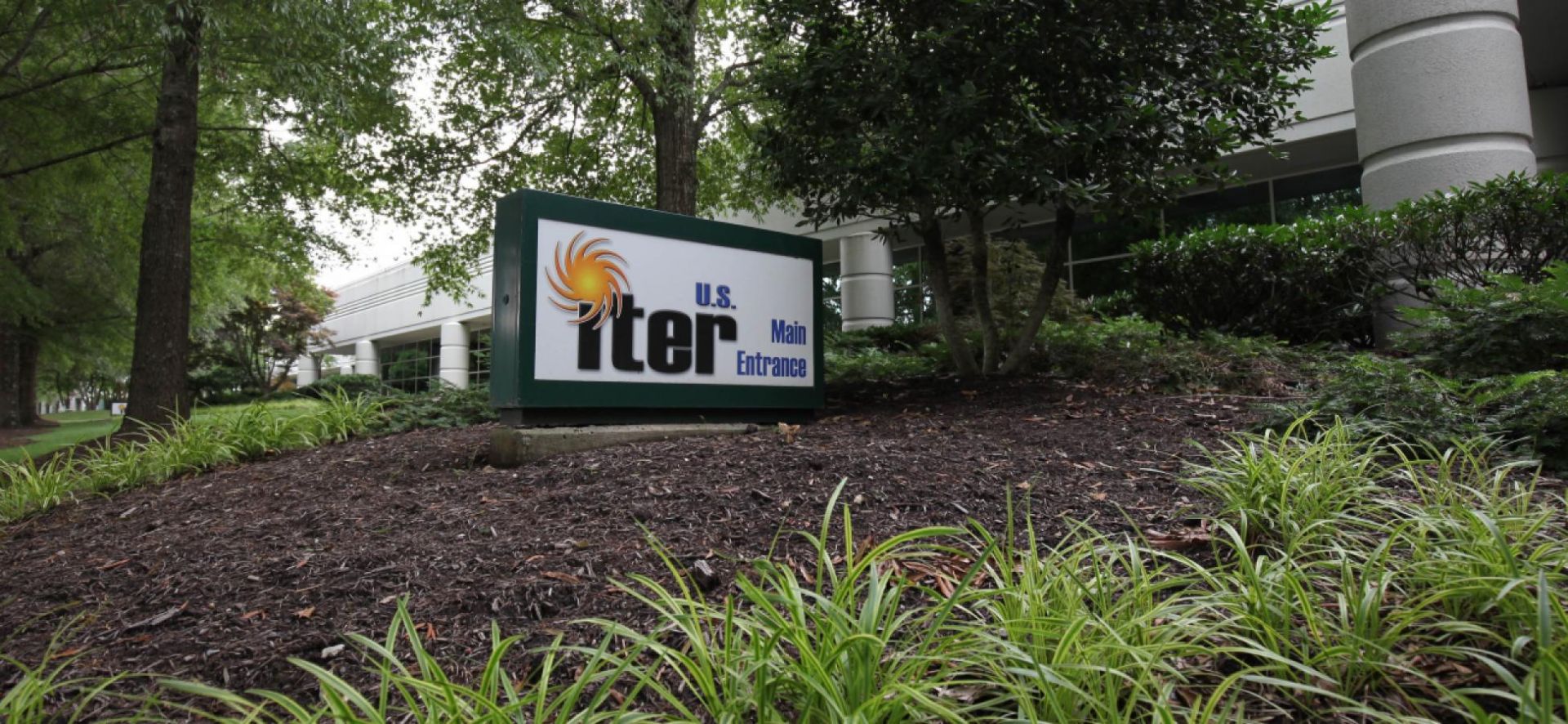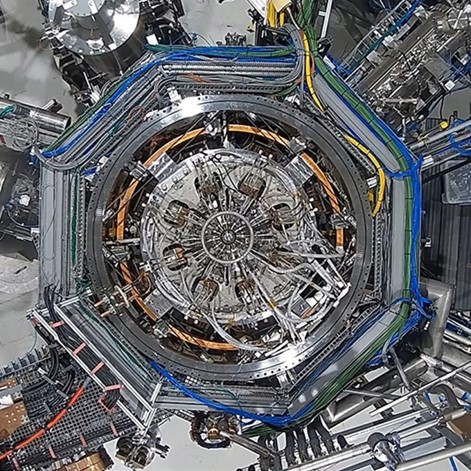The UKAEA will provide novel fusion materials to be irradiated in ORNL’s HFIR facility over the next four years. Pictured (from left) are Kathy McCarthy, director of the U.S. ITER Project; Jeremy Busby, ORNL’s associate lab director for fusion and fission energy and science; Mickey Wade, ONRL Fusion Energy Division director; Ian Chapman, chief executive officer of the UKAEA; Cynthia Jenks, ORNL’s associate lab director for physical sciences; and Yutai Kato, ORNL Materials Science and Technology Division interim director.
The Department of Energy’s Oak Ridge National Laboratory (ORNL) and the U.K. Atomic Energy Authority (UKAEA) have formed a strategic research partnership to investigate how different types of materials behave under the influence of high-energy neutron sources. The five-year partnership was announced by ORNL and by the UKAEA on March 13.
Gabriela Hearst (Photo: gabrielahearst.com)
One doesn’t typically come across nuclear fusion in a fashion magazine, but a recent issue of Vanity Fair profiled the creative director of a famous luxury fashion house who has made nuclear fusion a conceptual focus of her clothing creations. According to the article, Gabriela Hearst, the creative director at the New York City office of Paris-based Chloé, has designed a spring-summer 2023 collection “inspired by site visits to labs in the Pacific Northwest, New England, and southern France, where hundreds of scientists and engineers are working to develop technology that will produce a net energy gain through fusion.”
CFS CEO Bob Mumgaard showing Sen. Warren (left) and Secretary Granholm (center) around the SPARC facility. (Photo: CFS)
Commonwealth Fusion Systems (CFS) hosted visiting officials for a tour and ribbon-cutting ceremony to officially open its new headquarters in Devens, Mass., on February 10. Energy secretary Jennifer Granholm, Sen. Elizabeth Warren (D., Mass.), and Sen. Edward Markey (D., Mass.) were among the national, state, and local leaders invited to celebrate what CFS heralded as a “fusion energy campus.”
The center stack casing staged horizontally at Holtec’s manufacturing division in East Pittsburgh. (Photo: Holtec)
A key component needed for the National Spherical Torus Experiment–Upgrade (NSTX-U), the flagship fusion facility currently under repair at the Department of Energy’s Princeton Plasma Physics Laboratory (PPPL), has been delivered to the lab’s New Jersey campus.
Tokamak Energy's high-temperature superconducting (HTS) tape is used in its HTS magnets. (Photo: Tokamak Energy)
Tokamak Energy announced on February 6 that it has built a world-first set of high-temperature superconducting (HTS) magnets, to be assembled and tested in fusion power plant–relevant scenarios.
Nicholas Hawker of First Light Fusion and Ian Chapman of UKAEA. (Photo: UKAEA)
Ignition and net gain at Lawrence Livermore National Laboratory’s National Ignition Facility (NIF) in December 2022 focused global attention on the prospects of inertial fusion energy (IFE). First Light Fusion and the U.K. Atomic Energy Authority (UKAEA) acknowledged the achievement as they announced plans on January 25 to design and build a demonstration facility known as Machine 4 at UKAEA’s Culham Campus in Oxford, U.K., using First Light’s “projectile approach” to IFE. Construction is expected to begin in 2024, and operations are “likely to commence” in 2027.
NIF in winter (Photo: LLNL)
“Star Power” is the name 60 Minutes producers gave their interpretation of the recent experiment at the National Ignition Facility (NIF) that achieved fusion ignition and net gain. Views from inside Lawrence Livermore National Laboratory captured by TV cameras and aired Sunday, January 15—of some of NIF’s 192 lasers, banks of capacitors, target assembly labs, and even the remains of the target assembly blasted in the December 5 breakthrough—are well worth the watch for those of us who are unlikely to visit the site in person.
A rendering of the planned demo plant. (Image: General Fusion)
SHINE’s isotope production building, called the Chrysalis, under construction in October 2022.
In a former farm field just outside the historic town of Janesville in south-central Wisconsin, a large concrete-and-steel building is taking shape. Dubbed the Chrysalis, the building will eventually house eight accelerator-based neutron generators, which start-up company SHINE Technologies will use to produce molybdenum-99. As the precursor to the medical radioisotope technetium-99m, Mo-99 is used in tens of millions of diagnostic procedures every year, primarily as a radioactive tracer.
At the heart of the Chrysalis will be the high-flux neutron generators, being supplied by SHINE’s sister company, Phoenix. The compact accelerators use a deuterium-tritium fusion process to produce neutrons, which in turn induce a subcritical fission reaction in an aqueous low-enriched uranium target (19.75 percent uranium-235) to produce Mo-99.
The cooling pipes that snake along the surface of the vacuum vessel thermal shield will be removed and replaced. Here, on a right-hand outboard panel, workers determine the impact of pipe removal on the surface of the component. (Photo: ITER Organization)
ITER’s machine assembly phase began about two and a half years ago. Now, staff are reversing some of that assembly work to make needed repairs. According to a news article published by the ITER Organization on January 9, ITER is “facing challenges common to every industrial venture involving first-of-a-kind components.” Over one year after problems were first detected and less than two months after they were made public in late November, tests and analysis are producing a clearer picture of necessary repairs to the tokamak’s thermal shield panels and vacuum vessel sectors.
“There is no scandal here,” said ITER director general Pietro Barabaschi. “Such things happen. I've seen many issues of the kind, and much worse.”
A color-enhanced image of the inside of a NIF preamplifier support structure. (Image: LLNL/Damien Jemison)
On December 5, researchers at the National Ignition Facility (NIF) at Lawrence Livermore National Laboratory achieved fusion energy breakeven. It was a gain for stockpile stewardship that also—as headlines gushed prior to the Department of Energy’s December 13 announcement—boosted the prospects of inertial fusion energy (IFE). The timing of the landmark achievement may have been especially welcome to private fusion companies with inertial or hybrid magneto-inertial confinement concepts, because it occurred as the DOE was getting ready to consider applications for $50 million in funding for fusion pilot plant design work.
The target chamber of LLNL’s NIF, where 192 laser beams delivered more than 2 million joules of ultraviolet energy to a tiny fuel pellet to create fusion ignition on December 5, 2022.
It’s official: Early in the morning on December 5 at Lawrence Livermore National Laboratory’s National Ignition Facility (NIF), the laser-triggered implosion of a meticulously engineered capsule of deuterium and tritium about the size of a peppercorn yielded, for the first time on Earth, more energy from a fusion reaction than was delivered to the capsule. The input of 2.05 megajoules (MJ) to the target heated the diamond-shelled, spherical capsule to over 3 million degrees Celsius and yielded 3.15 MJ of fusion energy output. The achievement was announced earlier today by officials and scientists representing the Department of Energy and its National Nuclear Security Administration, the White House, and LLNL during a livestreamed event.
A total of about 23 kilometers (about 14 miles) of piping are welded to the surface of the thermal shield panels. The piping on a vacuum vessel thermal shield panel is clearly visible in this photo. (Photo: ITER Organization)
The ITER Organization is working on a new baseline schedule for the magnetic confinement fusion experiment launched in 1985 and now under construction in southern France. First plasma was scheduled for December 2025 and deuterium-tritium operations for 2035 under a schedule approved in November 2016 that will soon be shelved. In addition to impacts from COVID-19 delays and uncertainty resulting from Russia’s war in Ukraine, ITER leaders must now factor in repair time for “component challenges.”
The JET tokamak. (Photo: European Consortium for the Development)
Nuclear fusion “might actually be on the cusp of commercial viability” today, says a recent article in Fortune magazine. The article offers a brief review of recent technical and entrepreneurial developments in fusion energy. It also places these developments in perspective regarding the hurdles that remain before commercialization can be realized.
This still image, taken from a General Fusion video, depicts the demo plant that will be built near Oxford, U.K. (Image: General Fusion)
Canadian Nuclear Laboratories (CNL) and General Fusion have announced a memorandum of understanding (MOU) to “develop fusion energy research capabilities within CNL, to support the goal of constructing a potential General Fusion commercial power plant in Canada before 2030.” The plant would follow on a demonstration-scale plant that General Fusion wants to have operating in the United Kingdom by 2027 to validate the performance and economics of the technology.
The U.S. ITER Project Office in Oak Ridge, Tenn. U.S. ITER has received $256 million in Inflation Reduction Act funding. (Photo: U.S. ITER)
Just days before COP27 and the U.S. midterm elections, the White House announced $1.55 billion in Inflation Reduction Act (IRA) funding for national laboratories and the launch of a Net-Zero Game Changers Initiative based on a new report, U.S. Innovation to Meet 2050 Climate Goals. Out of 37 research and development opportunities identified, fusion energy was selected as one of just five near-term priorities for the new cross-agency initiative. Together, the announcements signal policy and infrastructure support for fusion energy—the biggest chunk of Department of Energy Office of Science (DOE-SC) IRA funding went to ITER, via Oak Ridge National Laboratory—and for advanced nuclear technologies to power the grid and provide process heat to hard-to-decarbonize industrial sectors.
